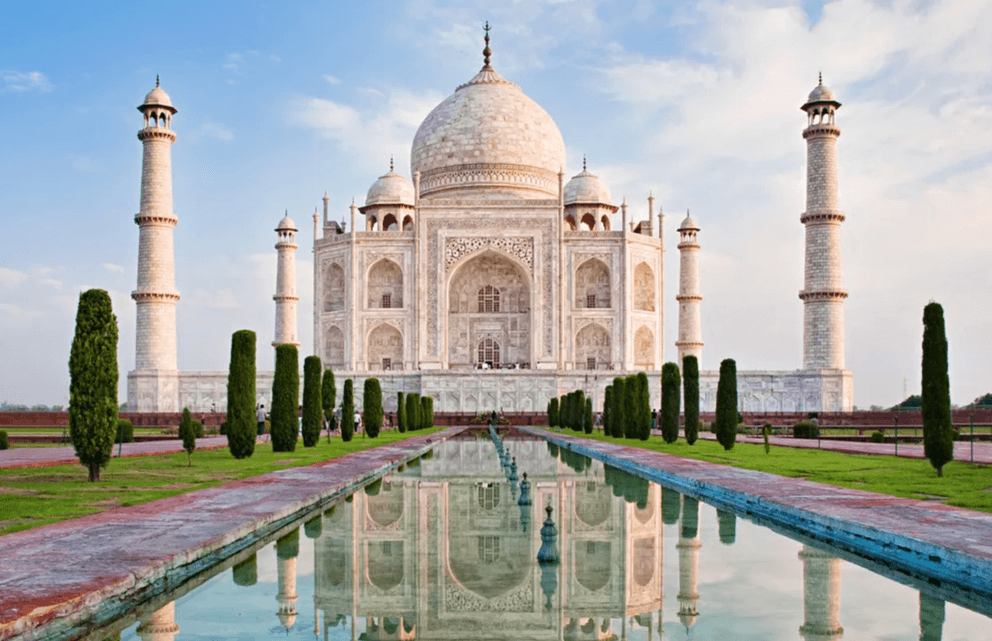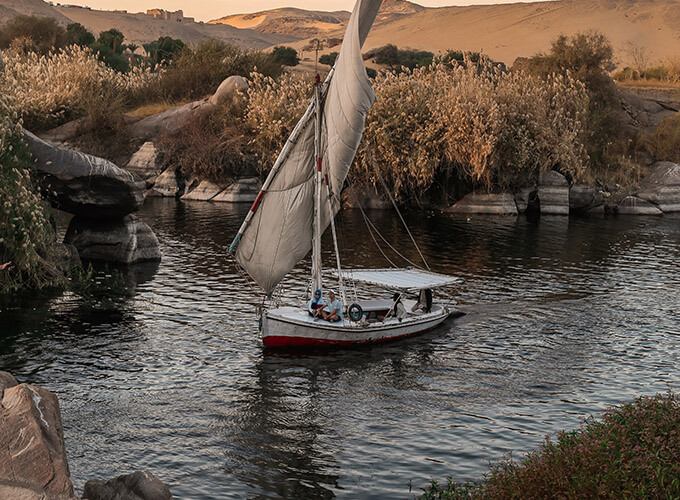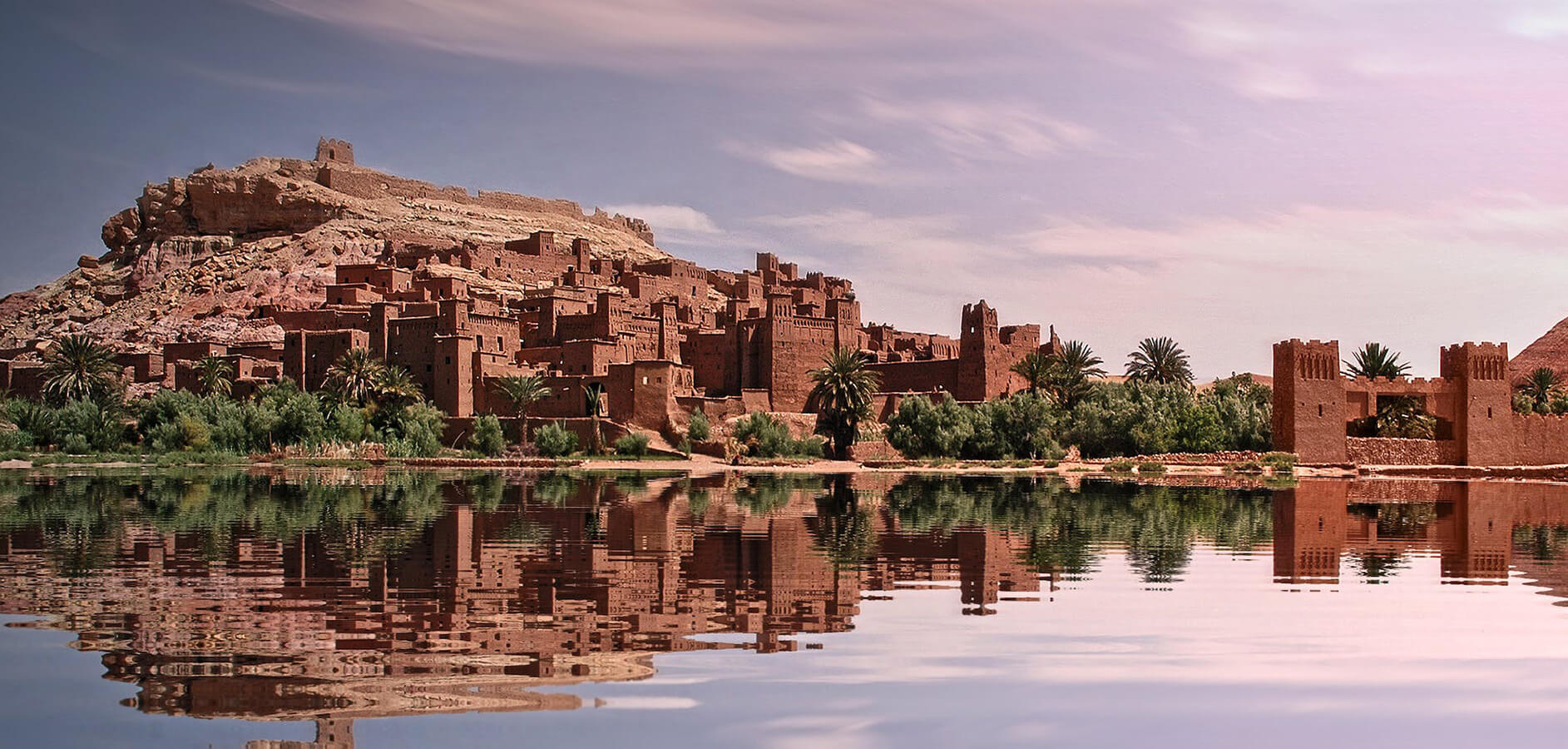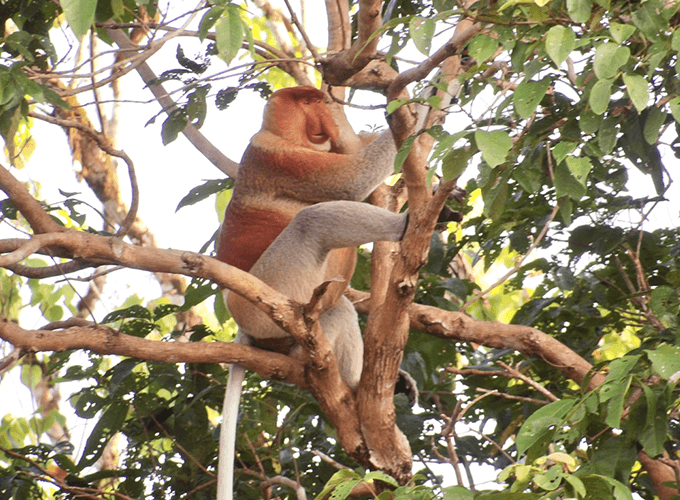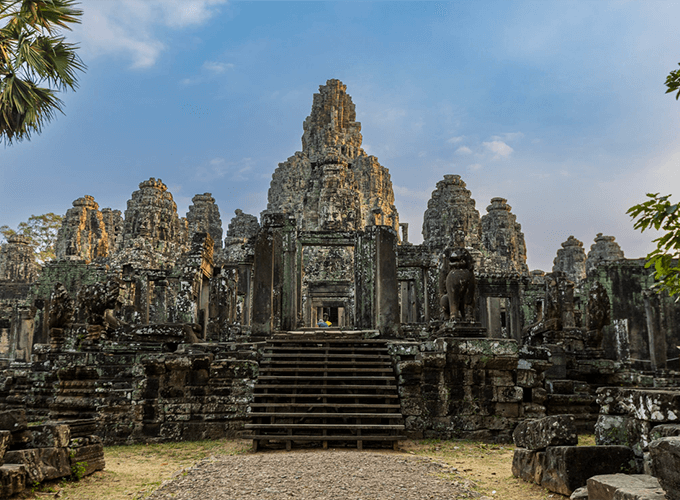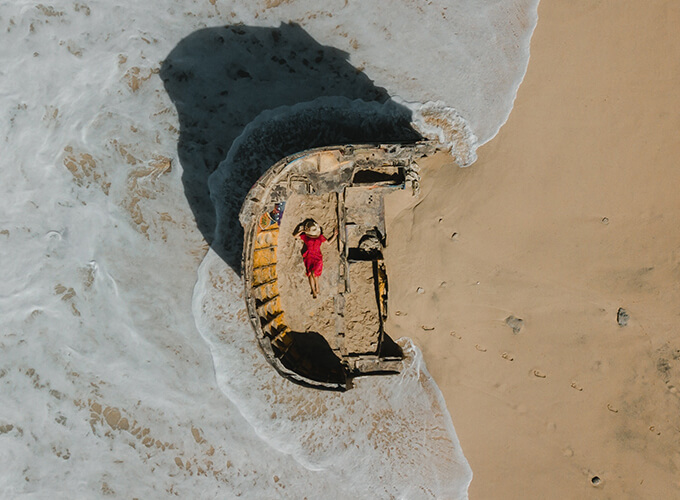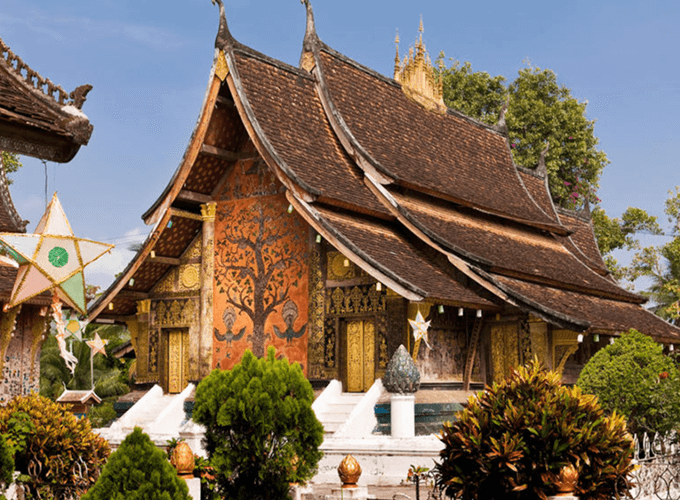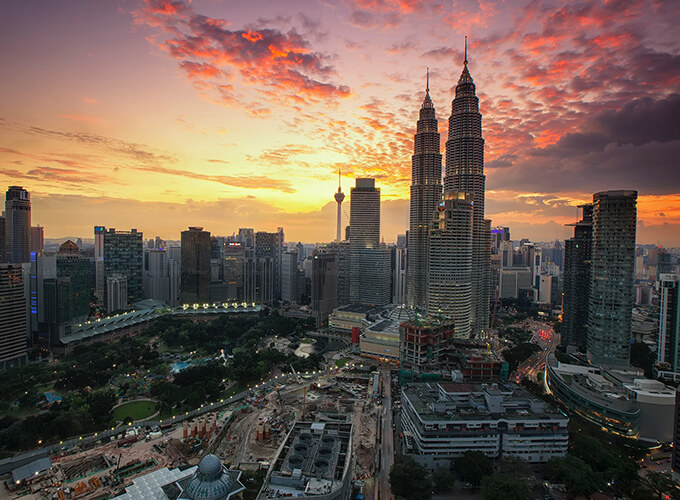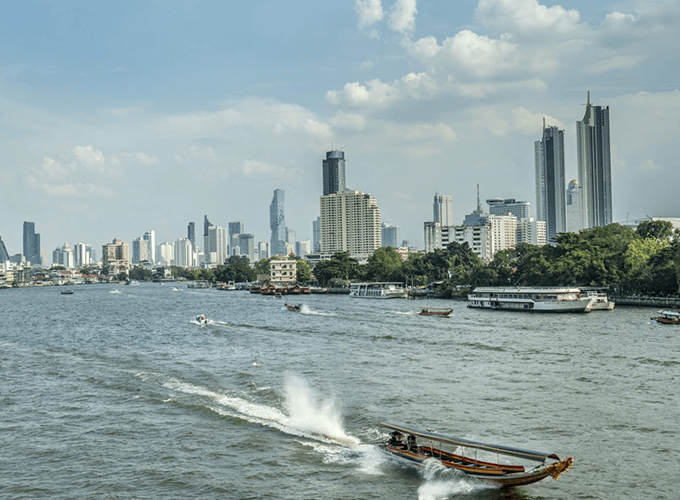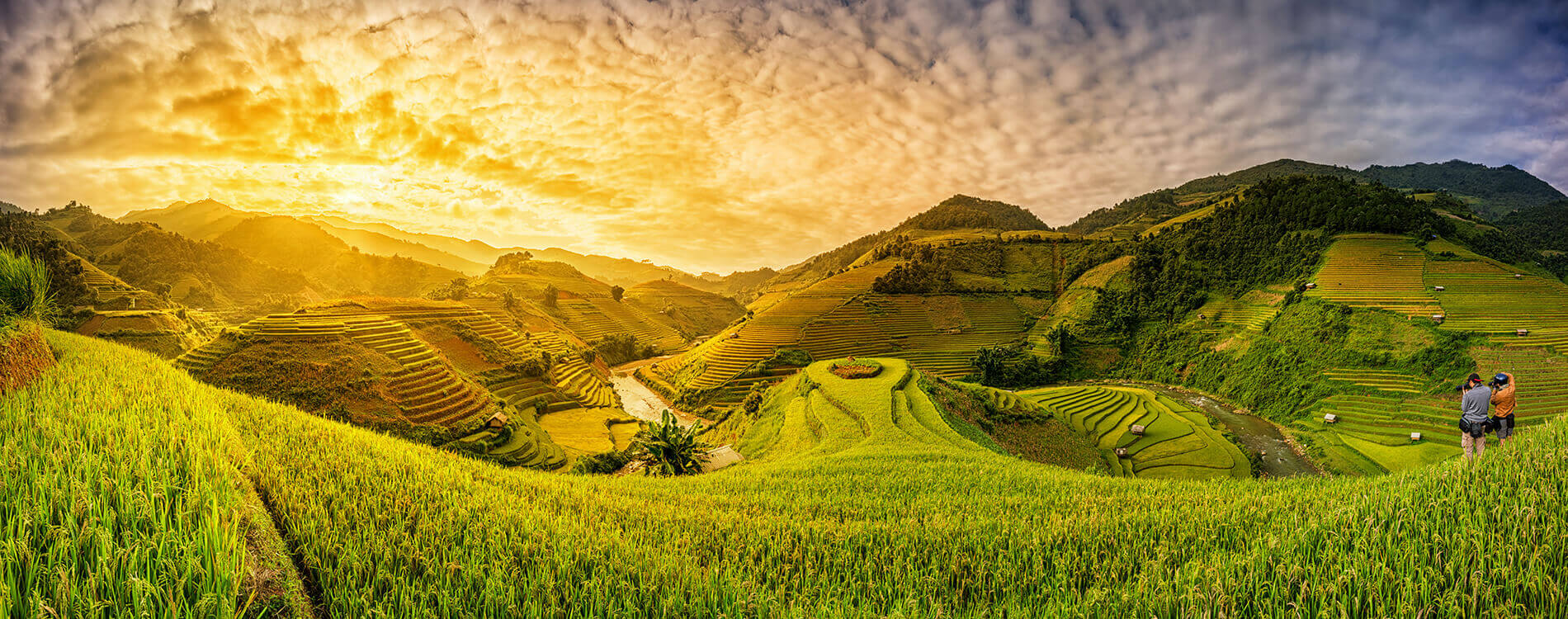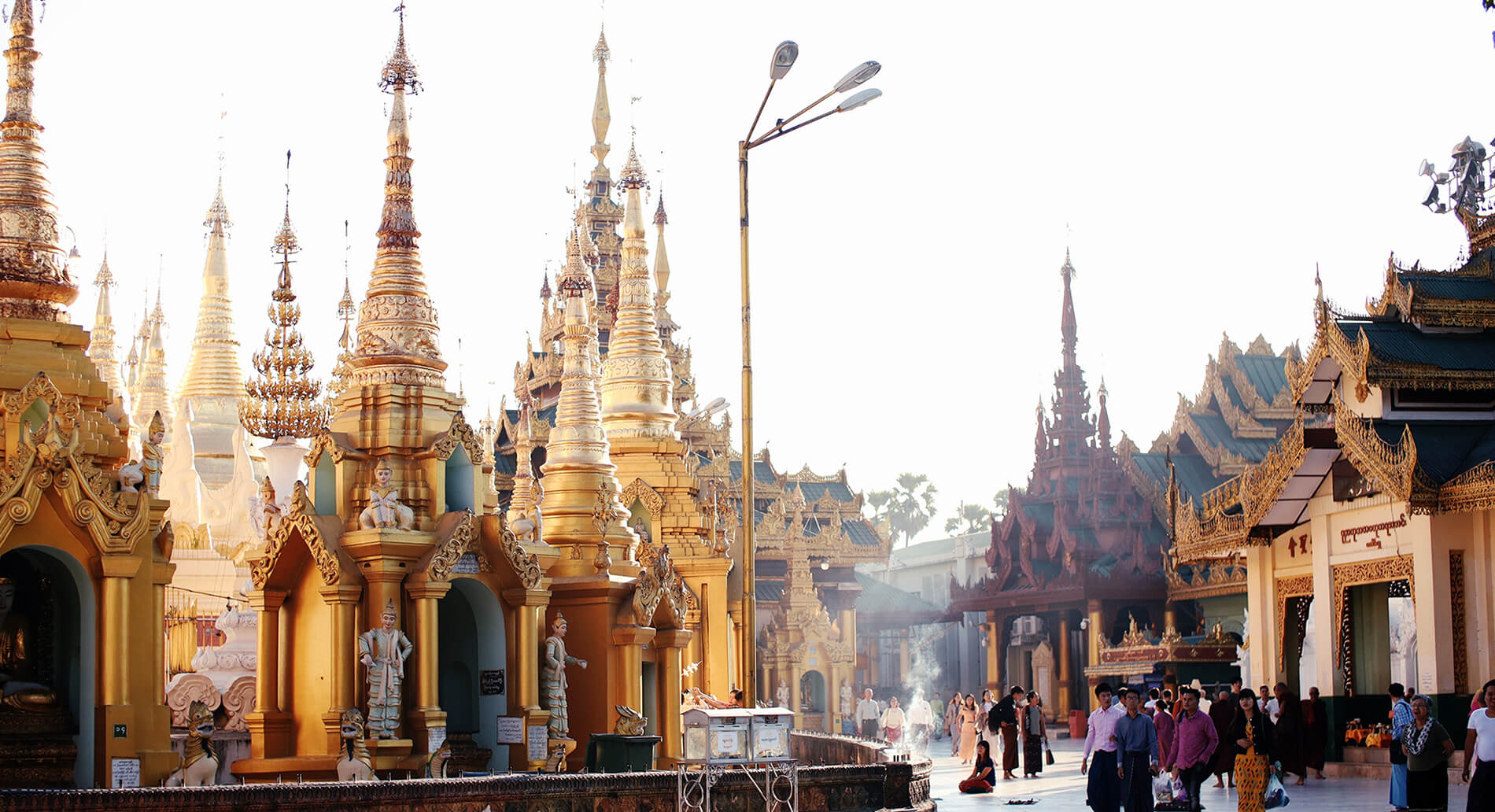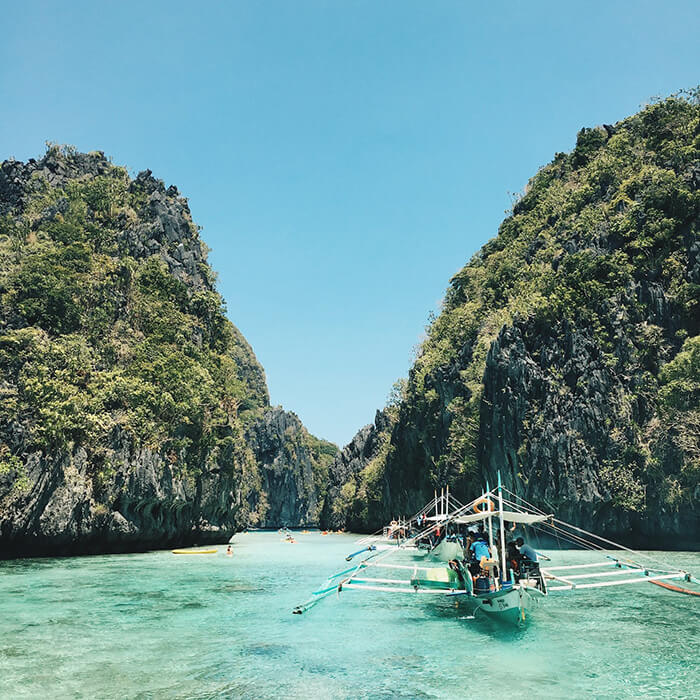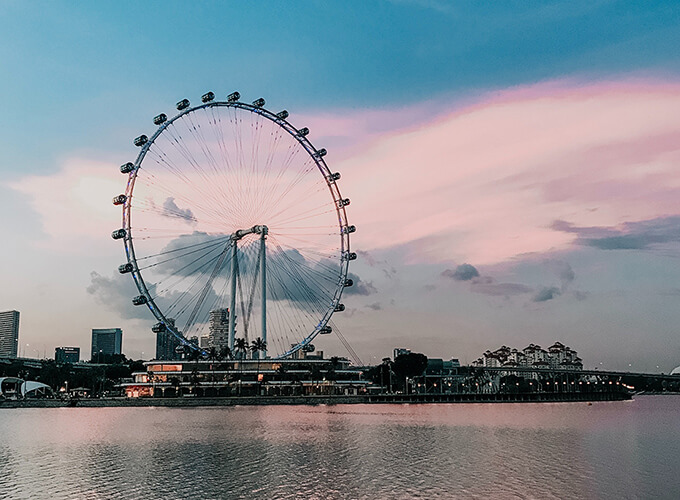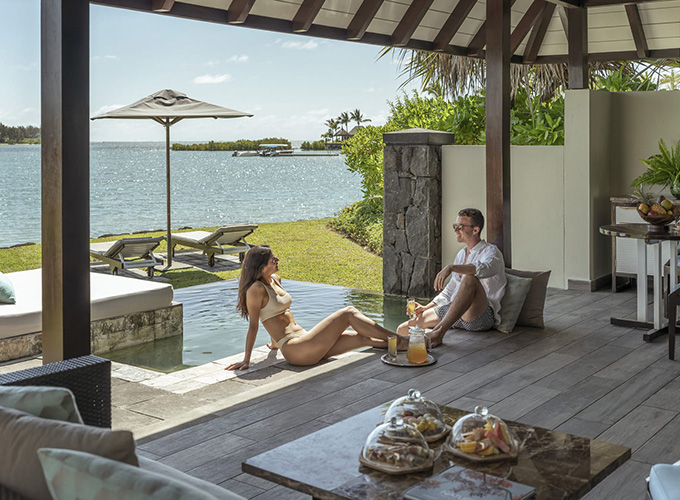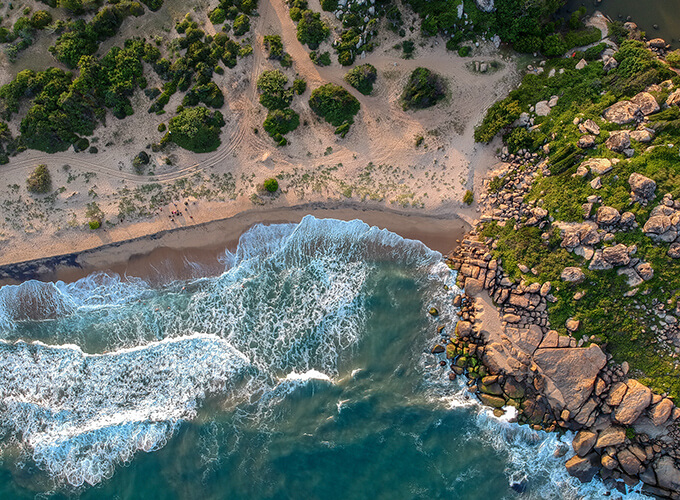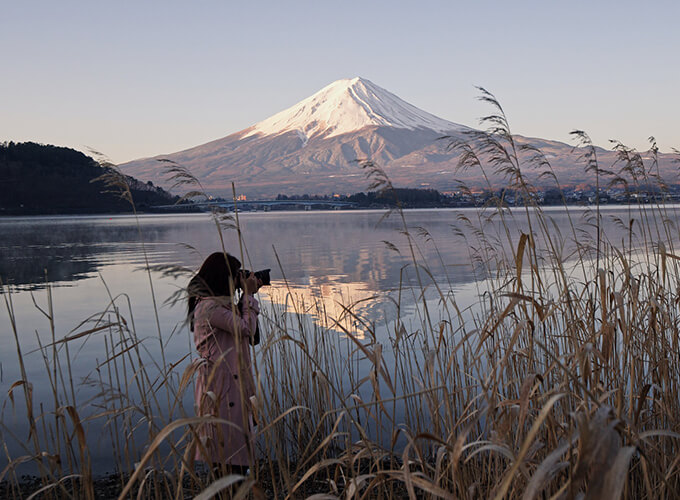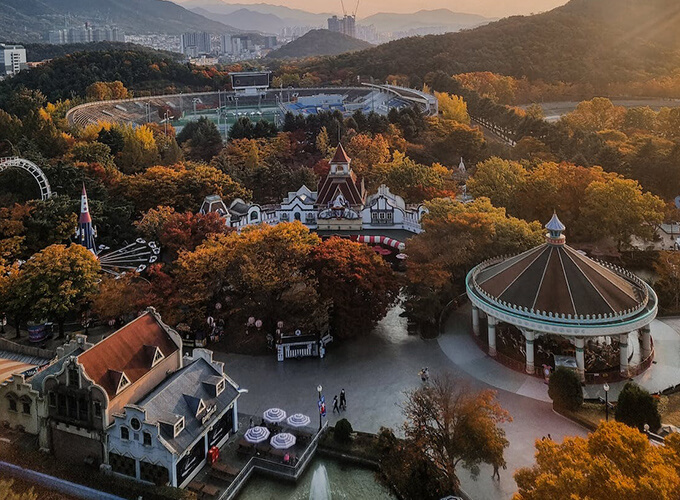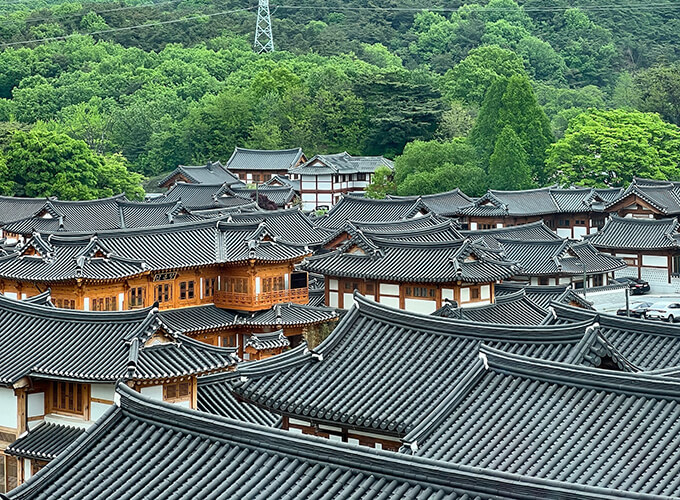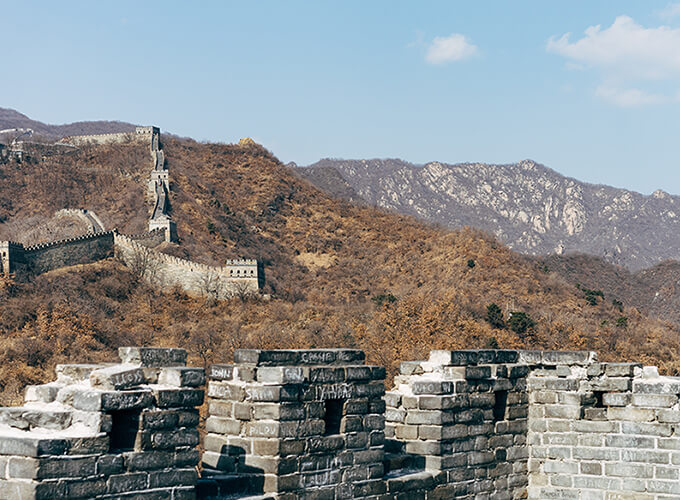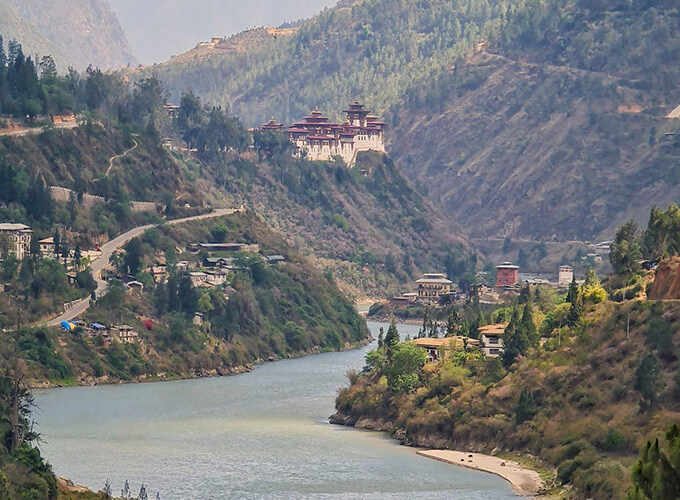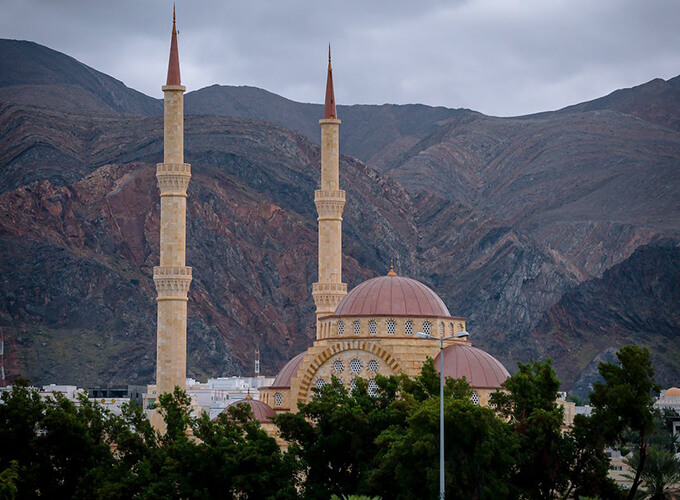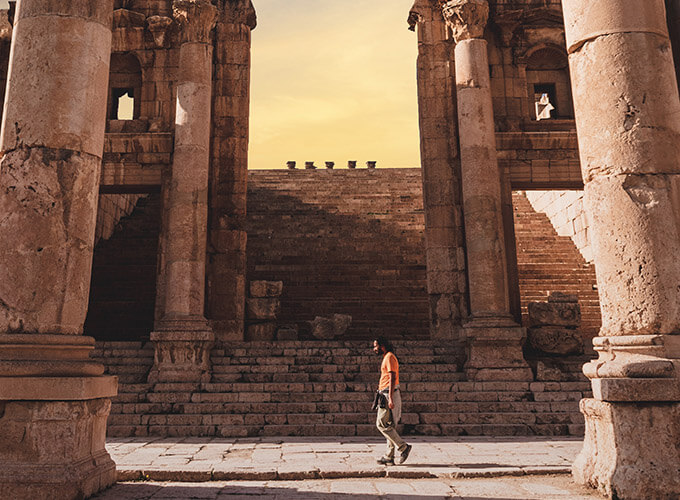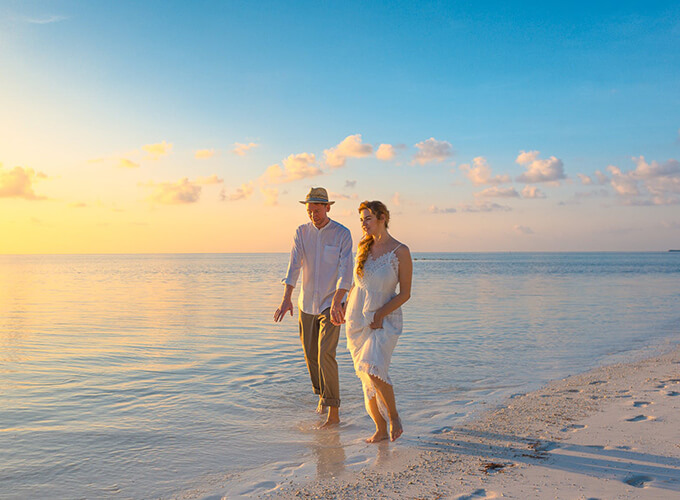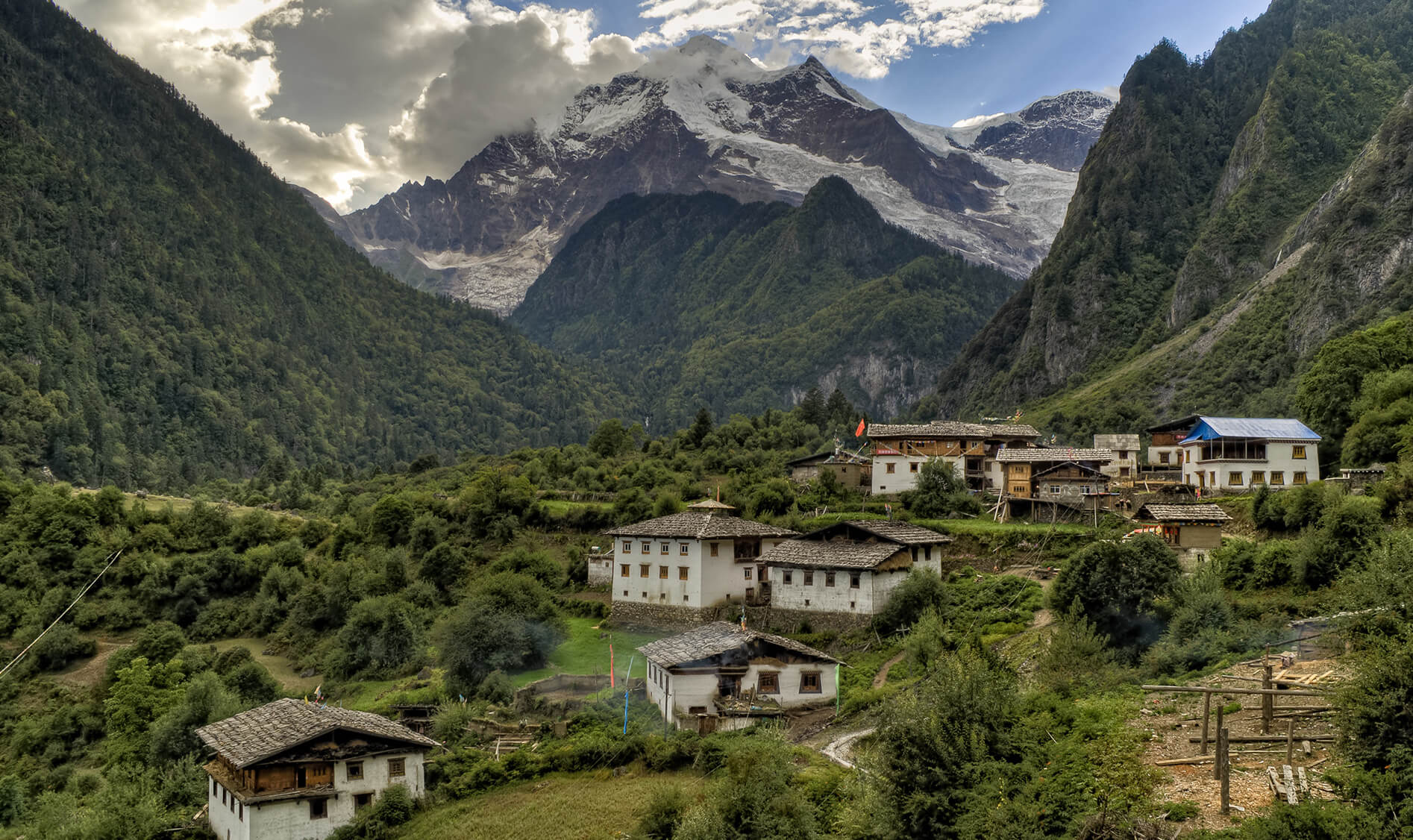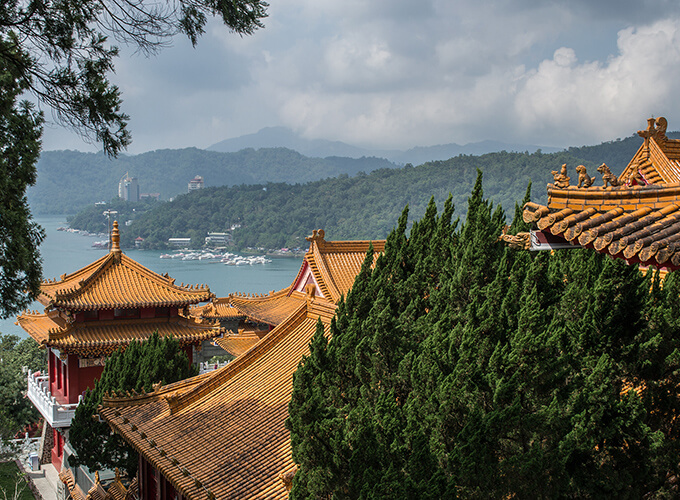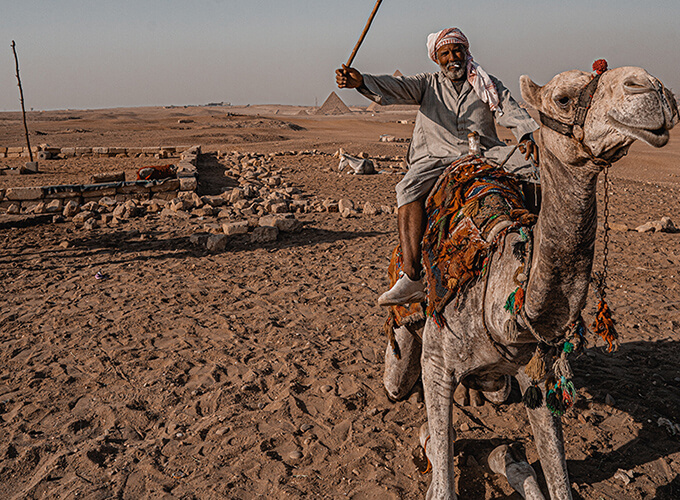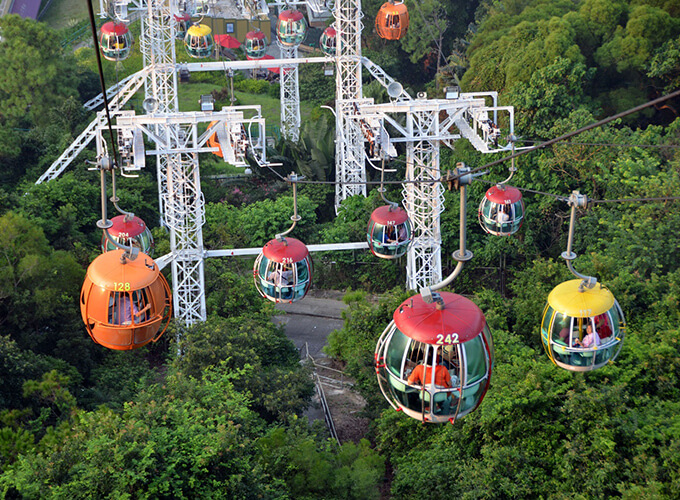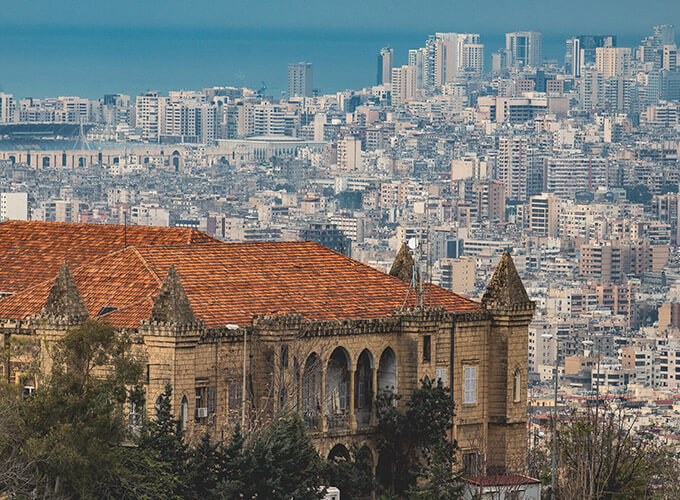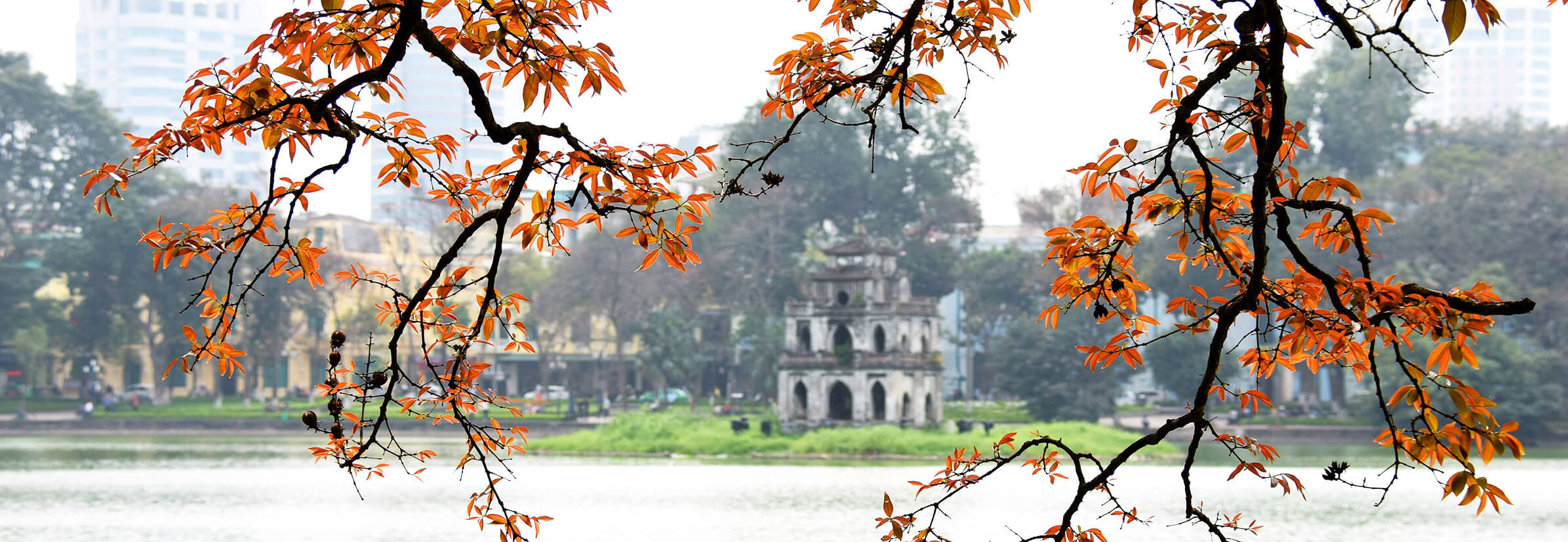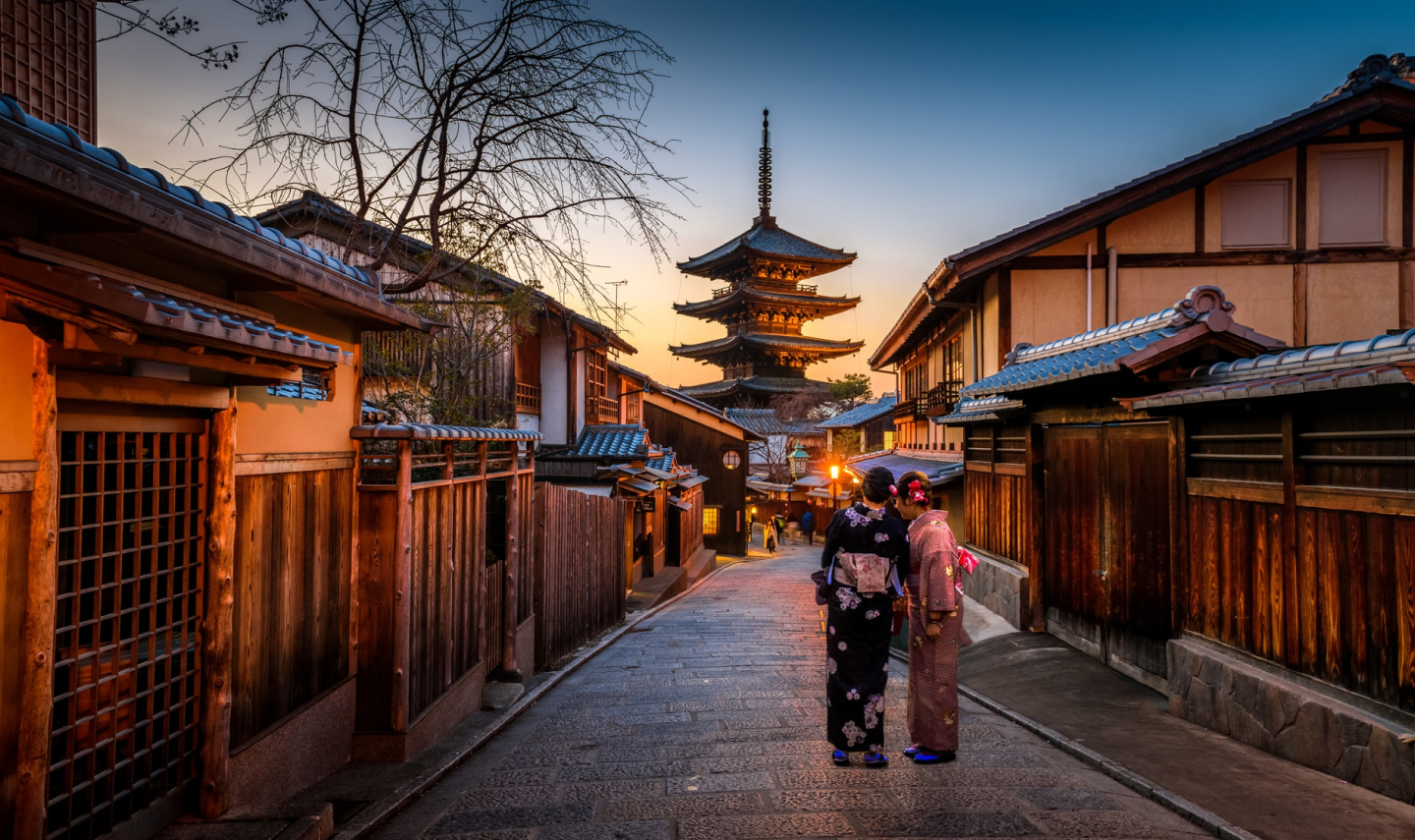Crossing the Border: Traveling to Several Countries in Southeast Asia are a fantastic way to explore the region. Asia Travel Guide suggests Southeast Asia's patchwork of countries makes blending locations, cultures, and vacations easy. We've selected five tours that, in around two weeks, provide a glimpse into a pocket of the subcontinent, but you'd need months or years to explore the area properly with My Way Travel.
Each pair of countries has something unique to offer, whether on a popular or less-visited itinerary. Traveling by land or water allows you to pause and explore some of Cambodia's lesser-known attractions, such as ancient Khmer temples and pristine national parks.
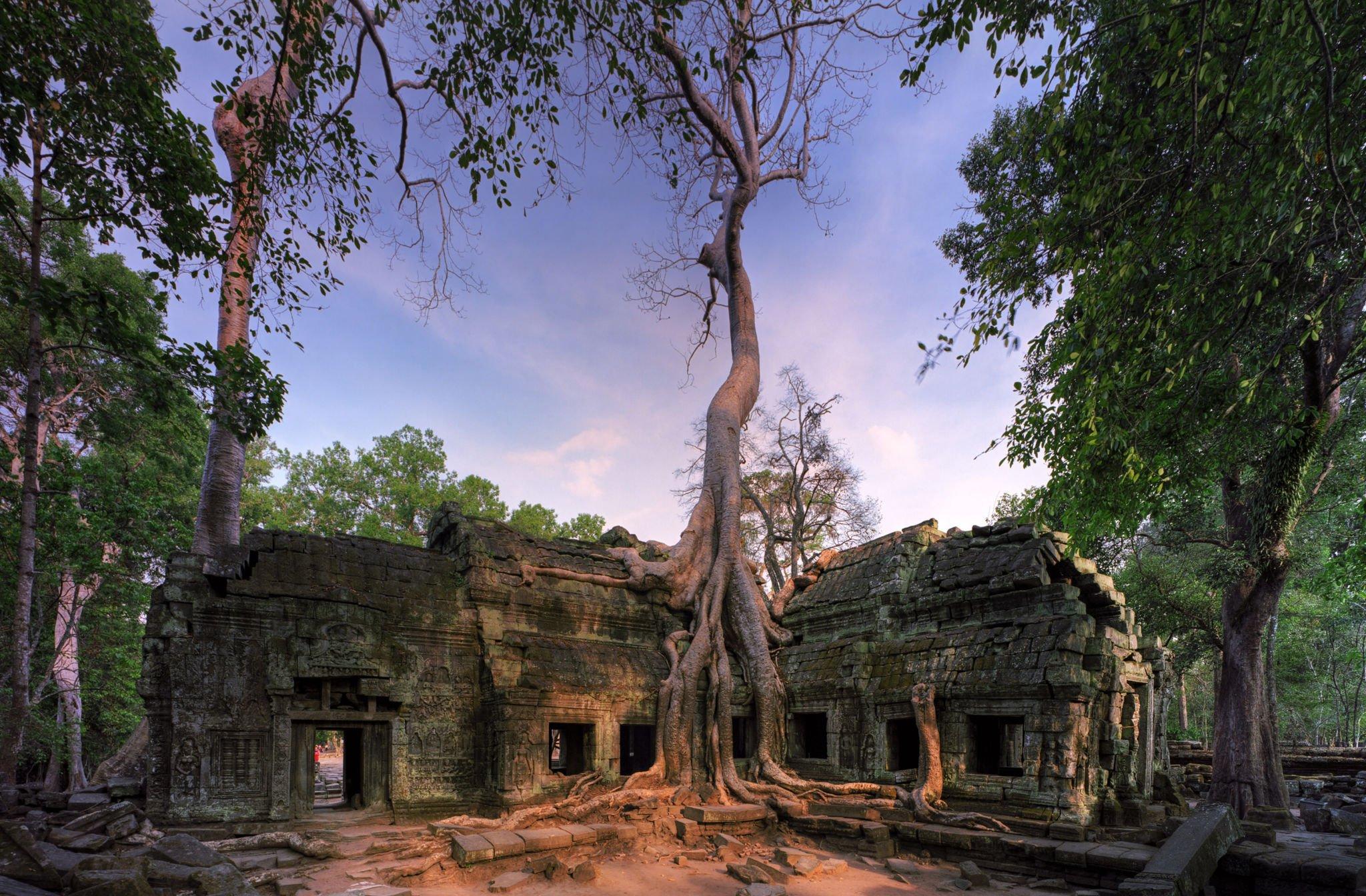
Ta Prohm, Siem Reap
Cambodia and Koh Chang, Thailand
For a whole Cambodian experience that ends on a tranquil beach
Since most of the country's "must-see" sites are there, most visitors stay in Siem Reap or Phnom Penh. Although the silent capital and the magnificent temples of Angkor are undeniably important, they only provide a glimpse of the nation.
Beginning in Siem Reap, your two-week trip will take you south through rural Cambodia to the commercial port of Kampot and the mangrove forests of Koh Kong. Follow this, and you'll reach Cambodia's pristine coast, where you may choose between crowded public beaches and secluded private isles.
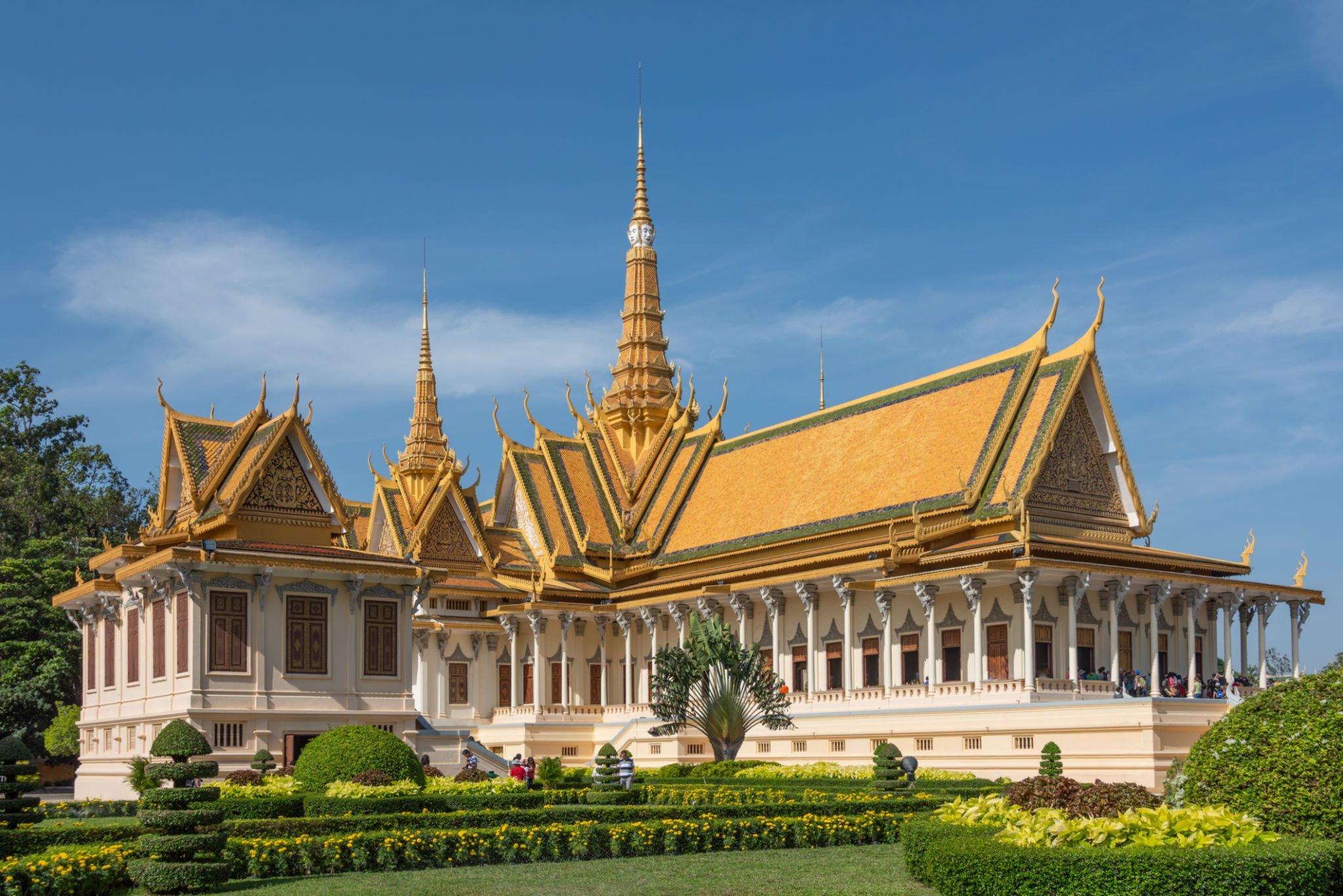 Royal Palace, Phnom Penh
Royal Palace, Phnom Penh
The best beaches are in Thailand, which you can reach by driving north along the Cambodian coast. From here, you may reach Koh Chang in a matter of minutes by boat. Despite being one of Thailand's biggest islands, Mu Ko Chang National Park has kept it relatively unspoiled.
Koh Chang is more accessible from Cambodia than the rest of Thailand, which helps keep the island peaceful and the hotel rates low. The modern, sustainably built Dewa Hotel beach was perfect for me: a wide strip of white sand that gently sloped into the clear water.
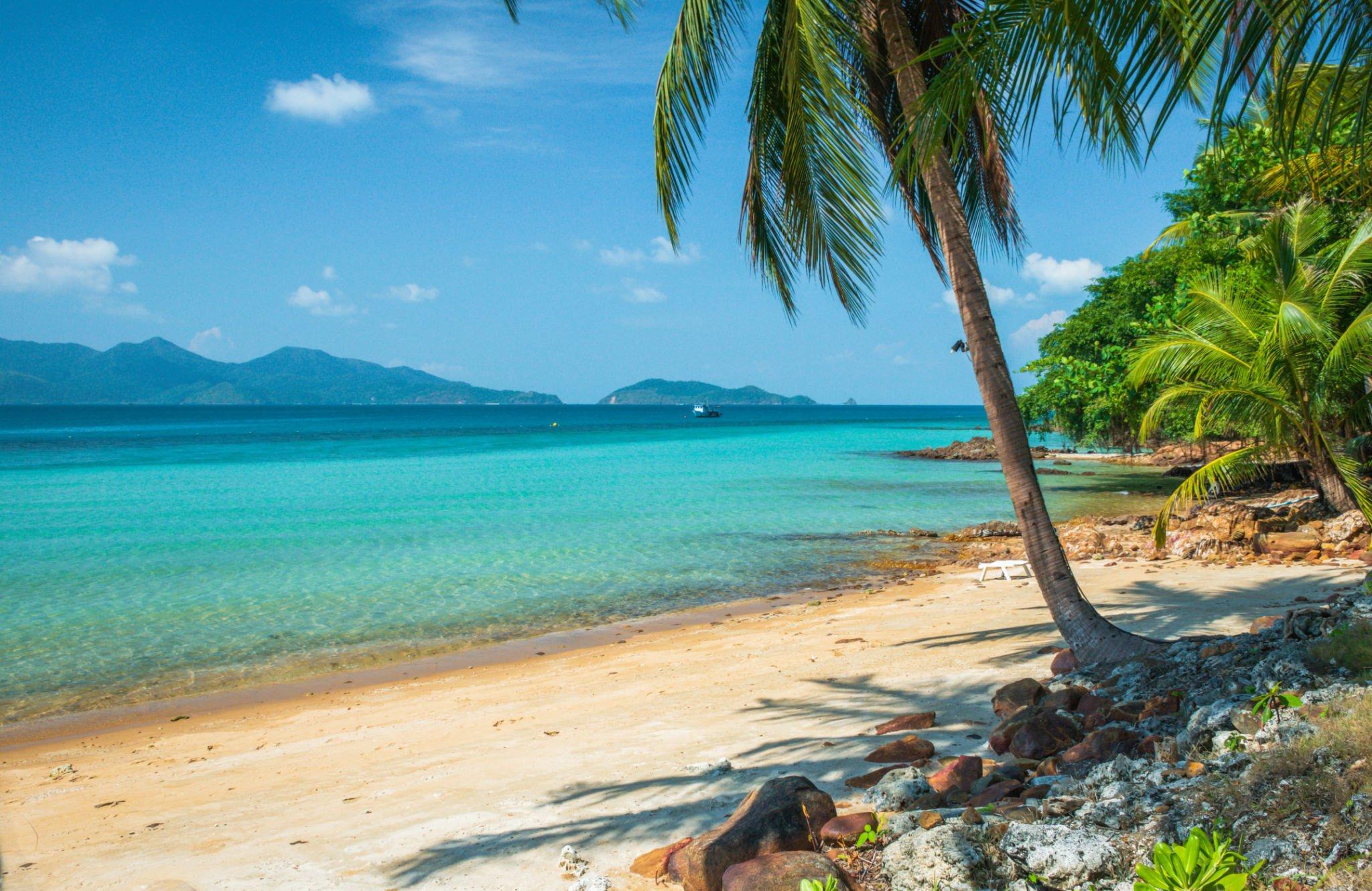 Koh Chang Island, Thailand
Koh Chang Island, Thailand
Highlights of the journey:
- Phnom Penh is an up-and-coming metropolis. Forget its convoluted past and enjoy a tour of the city's new wave of artisan brewers instead. You may meet enterprising Khmer locals ready to show you their (sometimes novel) brewing processes and welcome you to sample anything from robust ales to Pilsners inspired by German brewing traditions.
- Kampot is a French colonial village with fading pastel shophouses and riverfront cafés at the confluence of two rivers. I went on a regional tour and saw pepper fields where they've been growing the spice since the Middle Ages.
- Koh Kong is an unspoiled wilderness area with the Cardamom Mountains and winding rivers. Located on a bend in the Tatai River, 4 Rivers Floating Lodge is a great place to stay while exploring the area. Your tent is a platform above the river, so you can kayak from there or go hiking through the second-largest rainforest in Asia.
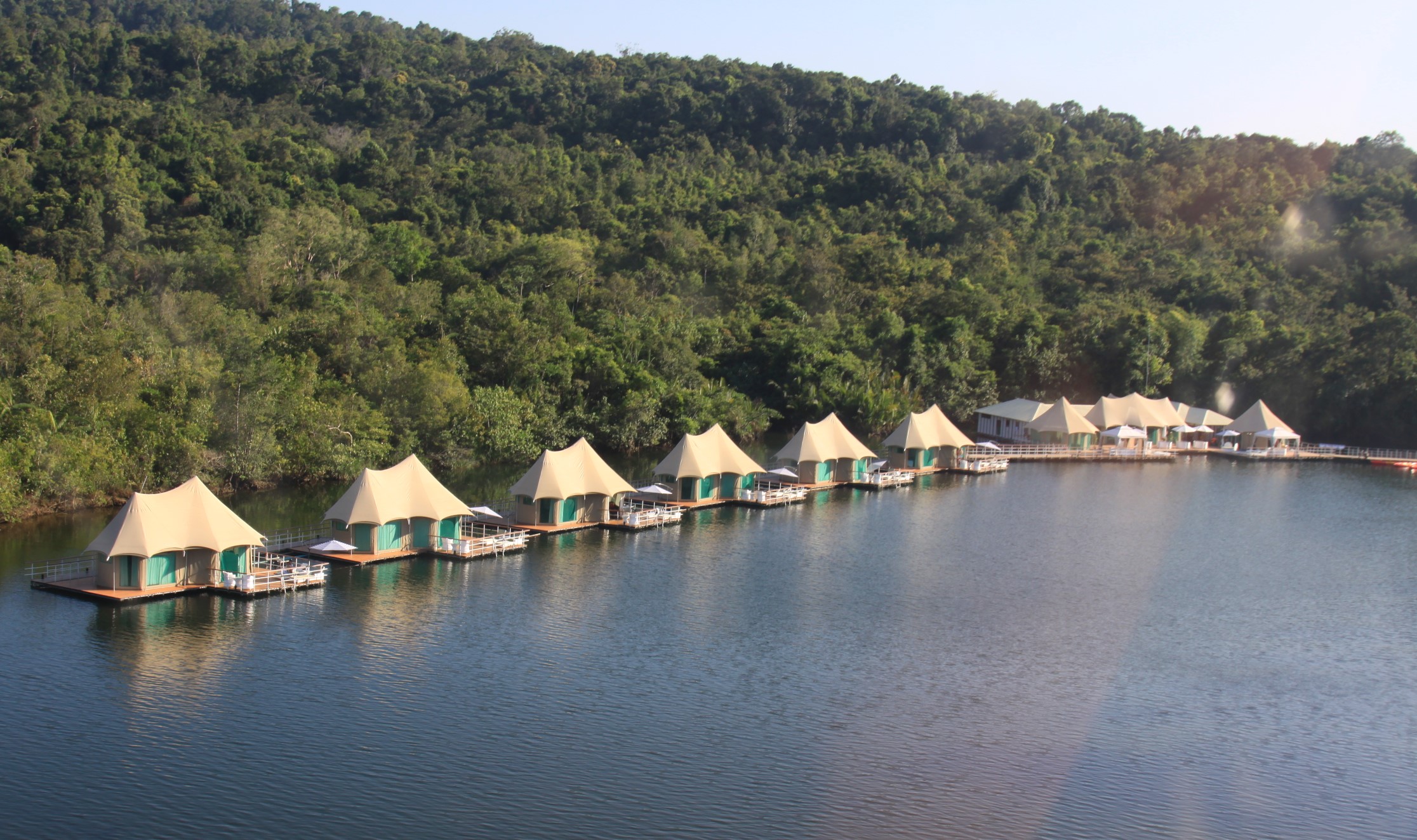 4 Rivers Floating Lodge
4 Rivers Floating Lodge
My inside tip
The dawn at Angkor Wat is a major draw for tourists. Avoid the morning rush at Angkor Wat by visiting one of the lesser-visited temples, such as Banteay Srei. Wait till sunset to take advantage of the superior light quality it provides for photography.
Northern hills of Vietnam and Laos
Seek out the local culture and breathtaking landscapes of Southeast Asia.
If you want to see Southeast Asia's most stunning landscapes and have two weeks to spare, visit the northern parts of Vietnam and Laos.
In this area, national boundaries are absent. The border crossing is unremarkable, but getting here is challenging due to the steep valley walls, dense vegetation, and swift rivers. The local hill tribes have never legally recognized the boundary, so their traditions and dialects are distinct from those of neighboring settlements.
I suggest going to one of Laos' major towns, Luang Prabang, located west of Hanoi. The journey from Hanoi to the White Tai settlement of Mai Chau takes around three hours, and it is here that the first wooded mountains appear on the horizon. If you keep heading west into Laos, you'll reach the kind of environment that most people will only see in a nature documentary. The ethnic hill tribes and their riverbank villages are yours to explore until you reach Luang Prabang.
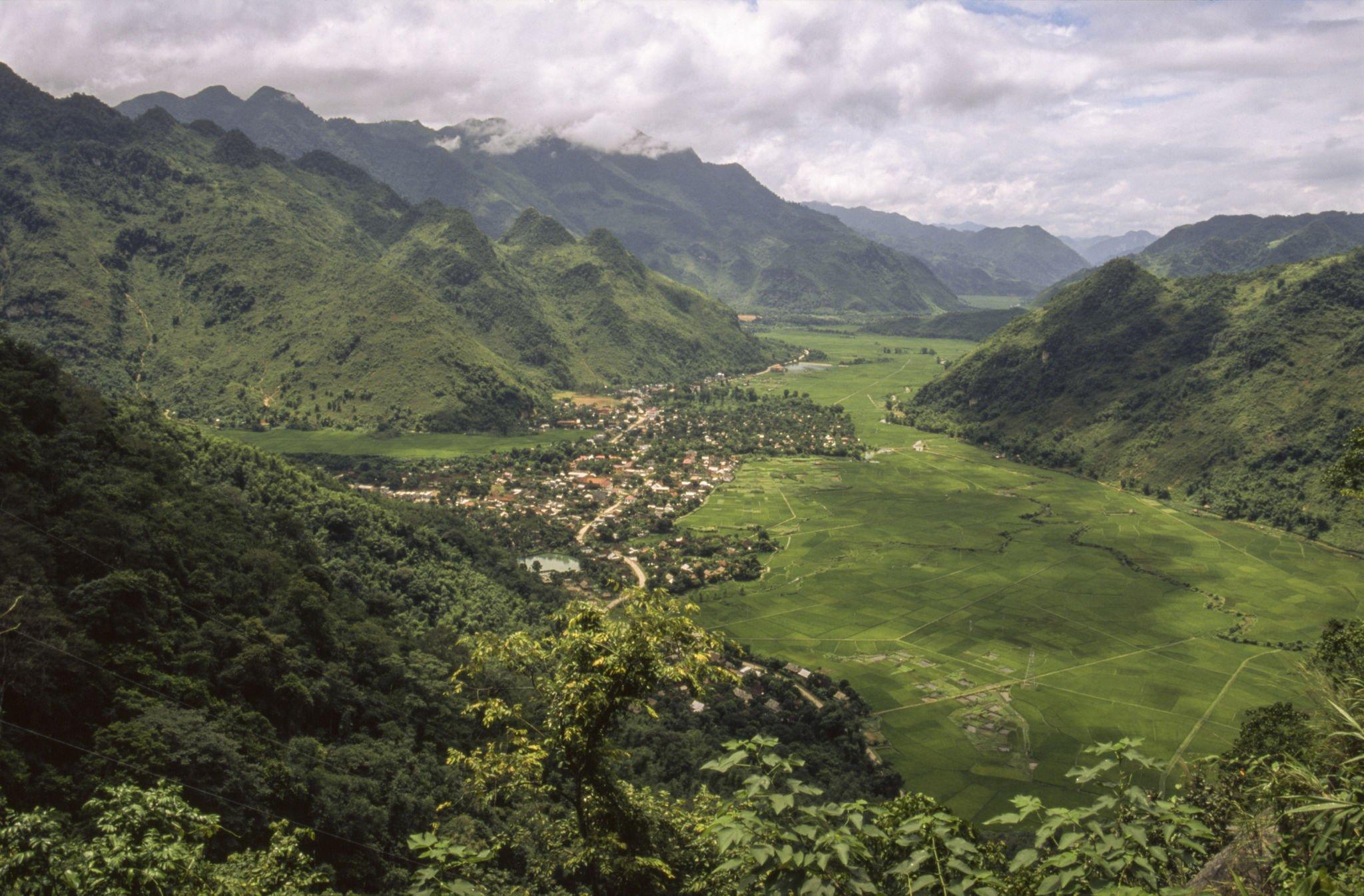 Mai Chau, Vietnam
Mai Chau, Vietnam
Highlights of the journey:
- The Vieng Xai Caves are an extensive network of tunnels and caverns that served as Pathet Lao's last stronghold. I found them in the valley with the most verdant vegetation ever. Visit the hospital, church, and bedrooms where hundreds took refuge from bombardment during the Laotian Civil War on a guided tour.
- Nam Et-Phou Louey National Protected Area is a huge crumple of forested mountains with a slender road around its perimeter. The Khmu people who live in the area have started collaborating with park rangers to provide overnight stays for visitors. You arrive at a typical Laotian bungalow after a longtail boat ride down the river while admiring the night sky.
- This path provides several chances to interact with hill tribes and local populations. Some people may put a cup of rice wine into your hands as you enter their house, while others will welcome you more warily.
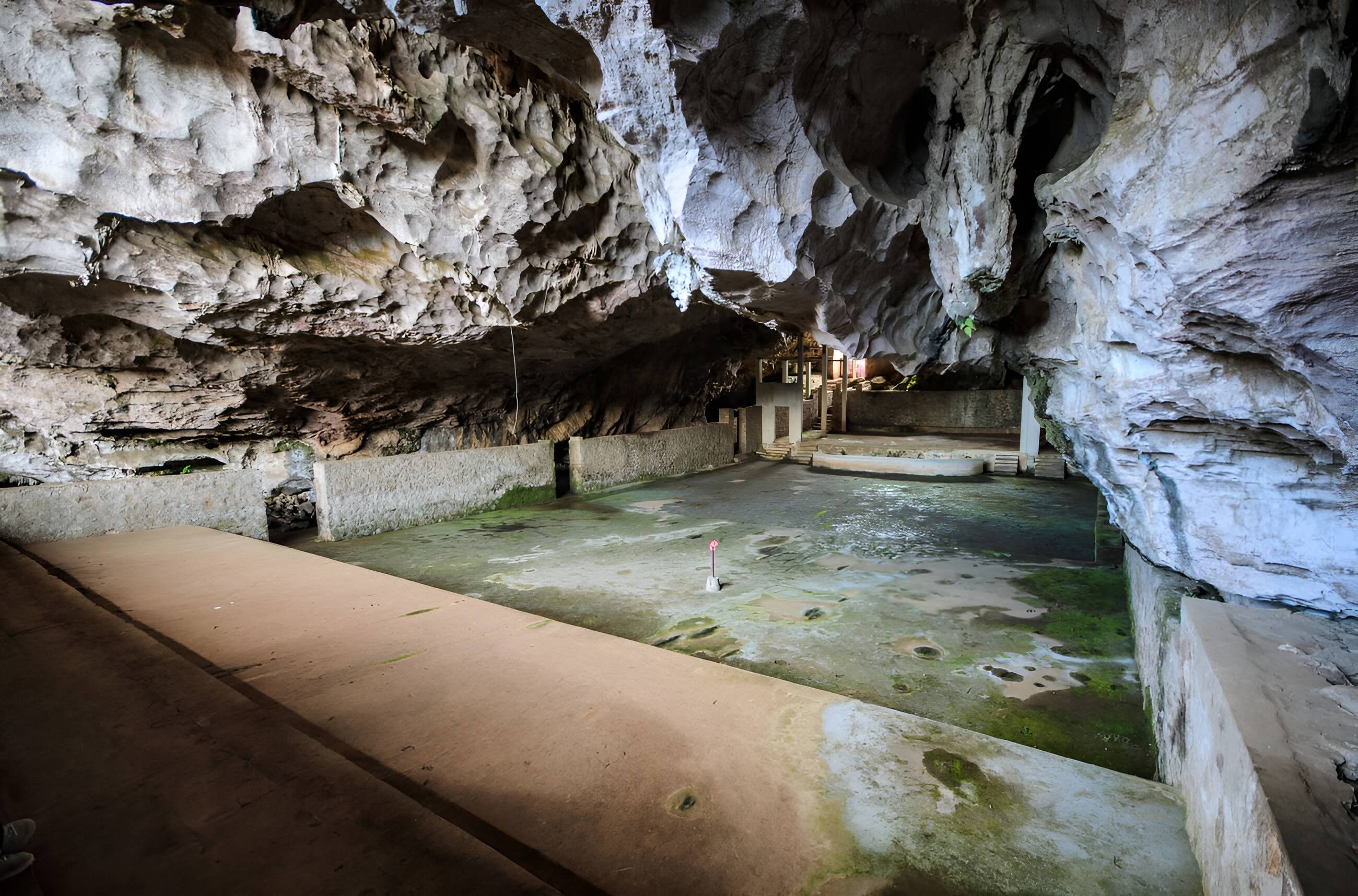 Vieng Xai Caves
Vieng Xai Caves
My inside tip
The Vietnam Museum of Ethnology in Hanoi is a great place to start. This comprehensive museum will introduce you to the many cultural groups you may encounter in the future.
Thailand and remote Myanmar
For those looking to revisit cherished destinations
Even if you've previously visited Myanmar and Thailand and seen all the top sights, you should consider going back. In little over two weeks, you can travel from Bangkok to the southern border of Myanmar, stopping at secluded temples, border towns, and little-visited islands.
Chiang Mai is one of the culinary hubs of northern Thailand, and it is the perfect place to take a cooking class with a local family and sample dishes from all across the city. For its tranquil environment of ruins sprinkled with statues of Buddha and spires fashioned like lotuses, the medieval city of Sukhothai is now a UNESCO World Heritage Site.
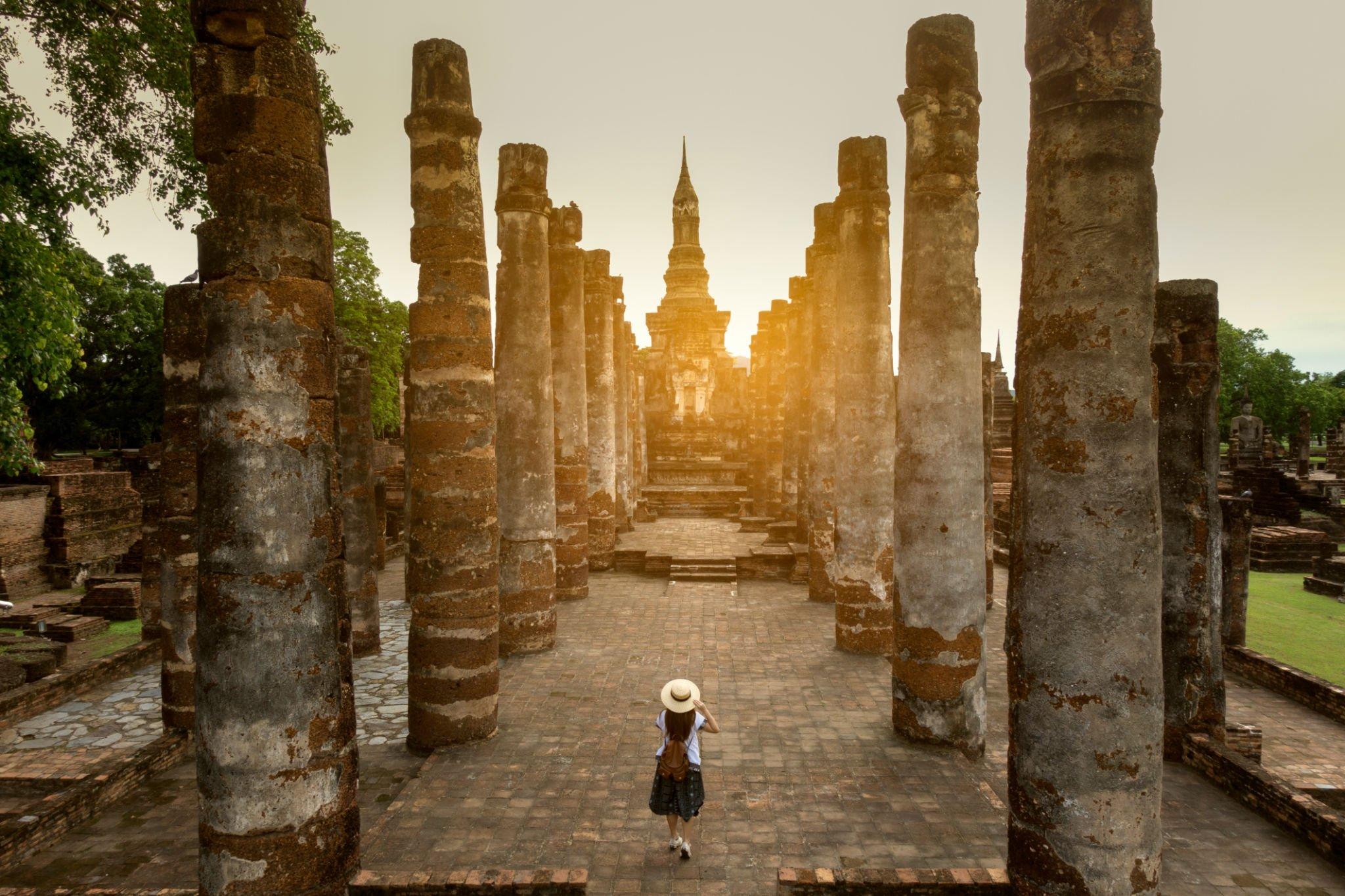 Sukhothai Historical Park
Sukhothai Historical Park
If you start your journey in northern Thailand, you'll be in an ideal spot to enter uncharted southern Myanmar and then make your way west along a less-traveled path to Yangon. Kipling's poem "Mandalay" was based on the Burmese capital of Moulmein, located in British-ruled Myanmar.
You may use the Thanlyin River from Moulmein to go to Hpa-An, the little state capital. The four-hour ride takes you through temples and communities in the bush along the river's narrow banks.
You'll find yourself in contemporary Myanmar in the country's main city, Yangon, to the west.
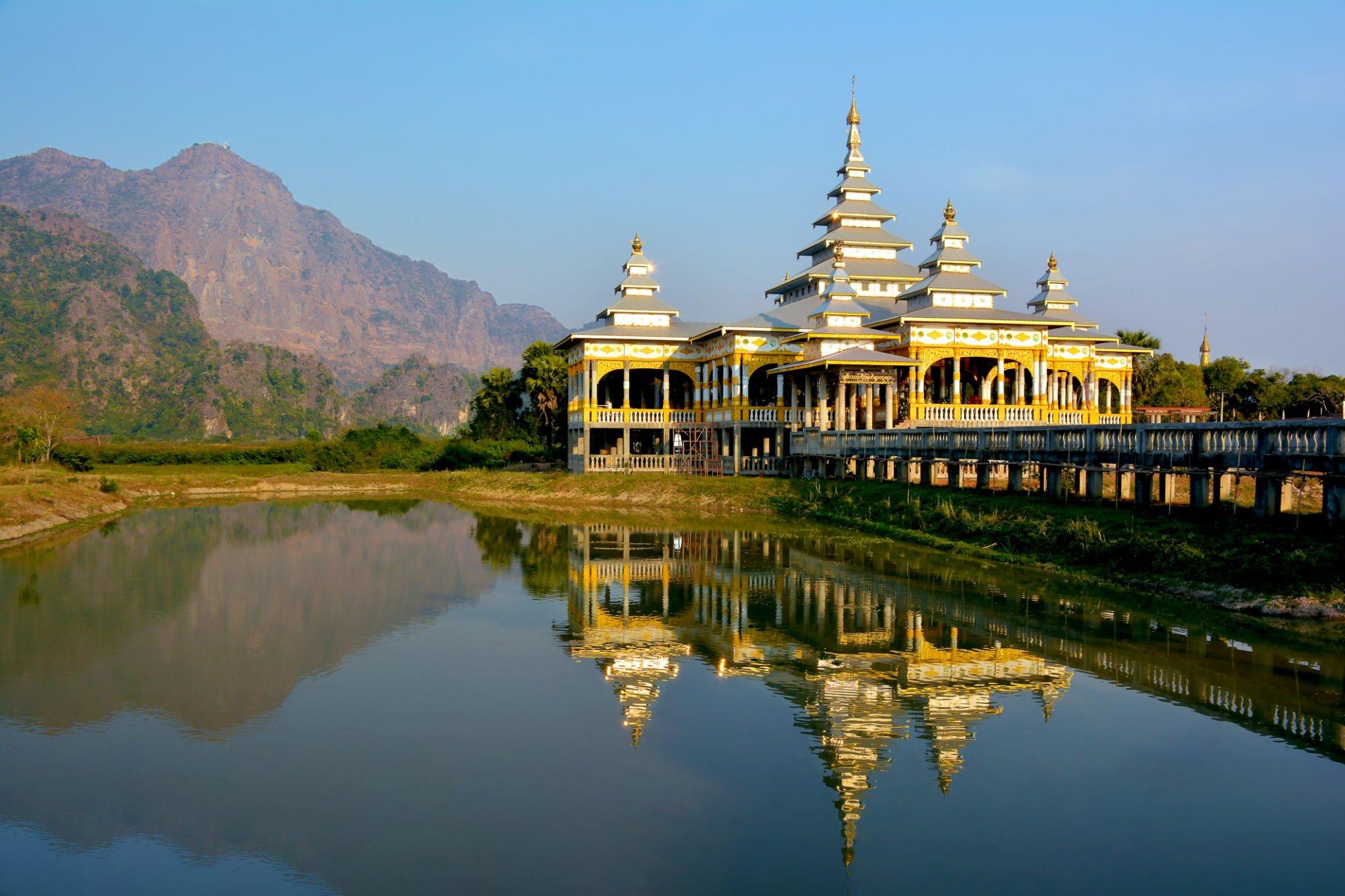 Kyauk Kalap Pagoda near Hpa-An, Myanmar
Kyauk Kalap Pagoda near Hpa-An, Myanmar
Highlights of the journey:
- Crossing a border has always been an exciting experience for me. After spending the night in Mae Sot, a small Thai frontier town, my guide took me to the border between Thailand and Myanmar the next day. We parted ways, and I crossed the bridge over the Thaunggin River to meet my new Burmese guide on the other side of no man's land.
- Moulmein is a convenient jumping-off point for excursions to Bilu Island, a lush, verdant region the size of Singapore, home to rice paddies, bamboo forests, and fruit orchards. I took a guided tour in the area and rode in a tuk-tuk all day, visiting towns known for producing coconut-fiber mats and bamboo hats. Even though a bridge now connects it to the mainland, the island has retained its charming lack of urbanization.
- Mount Zwegabin is the highest of the limestone mountains that encircle Hpa-An. A garden has over a thousand Buddha sculptures lined up neatly at its base. The view over southern Myanmar from the peak is unrivaled if you can reach the top of the 2,000 steps.
My inside tip
For a cool dip in the middle of bustling downtown Yangon, check at the Victorian-era Strand Hotel.
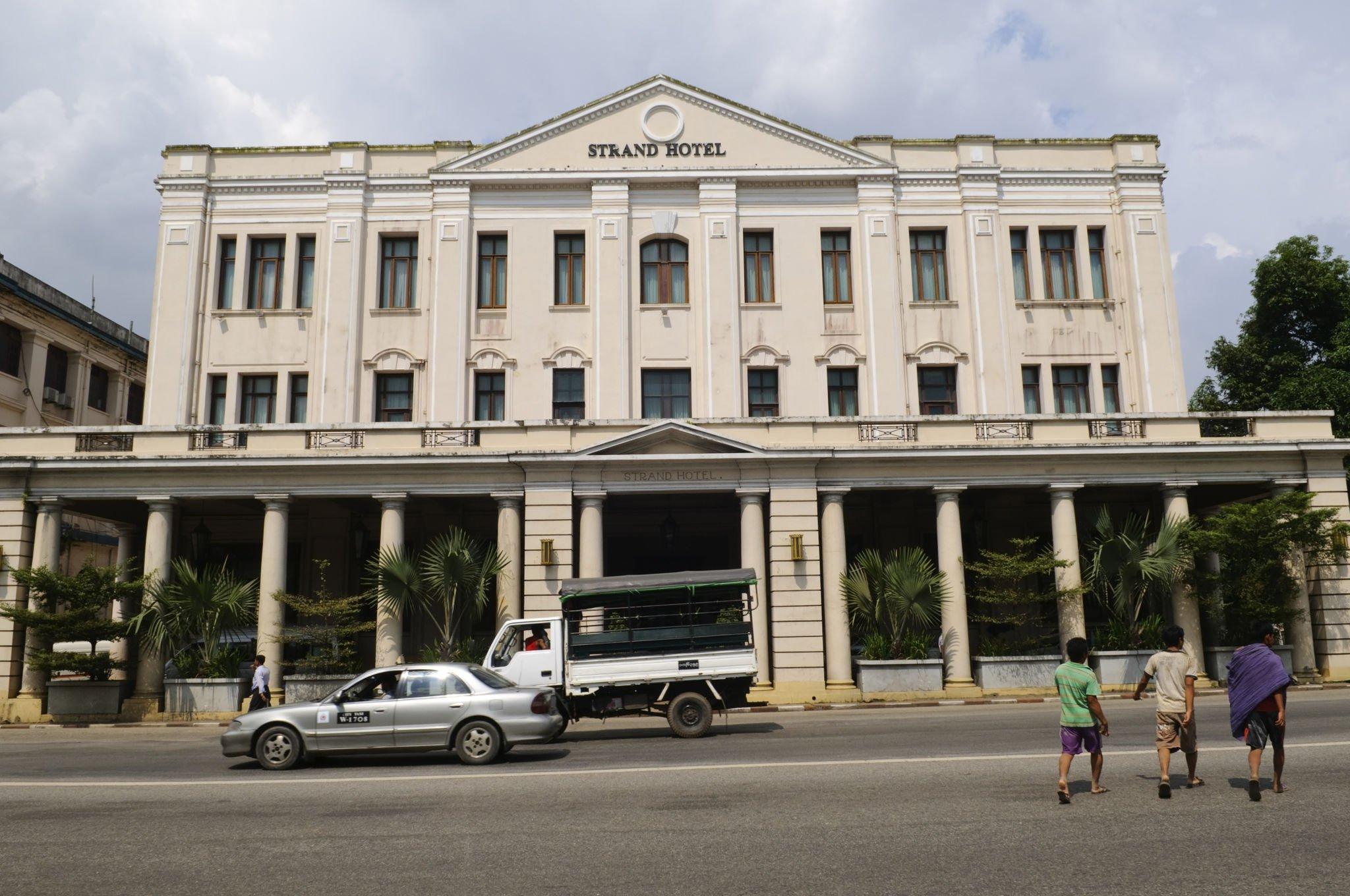 The Strand, Yangon
The Strand, Yangon
Off-the-beaten-track Laos and Cambodia by Heidi
As the next brave step in your journey to Southeast Asia
Repeat tourists to Southeast Asia sometimes want me to arrange something special for them. This tried-and-true tour of ten days would do the trick. It crosses northern Cambodia after passing through southern Laos and is close to the Thai border. Aside from a handful of hardy travelers, I didn't see many other tourists. If you want to take it easy on your last day of travel, I recommend spending more time in Siem Reap.
Vientiane, the capital of Laos, is a major town before you leave it and go south, where you'll see narrow river valleys slicing through limestone hills.
You may take a boat into the gaping mouth of Kong Lor Cave or stop at riverbank towns that seldom see a fresh face, but the journeys are lengthy, and the valleys are endless. Nam Theun National Protected Area has a diverse ecology, including evergreen forests, pine stands, cloud forests, and riverine wetlands. I was one of the first tourists to camp there.
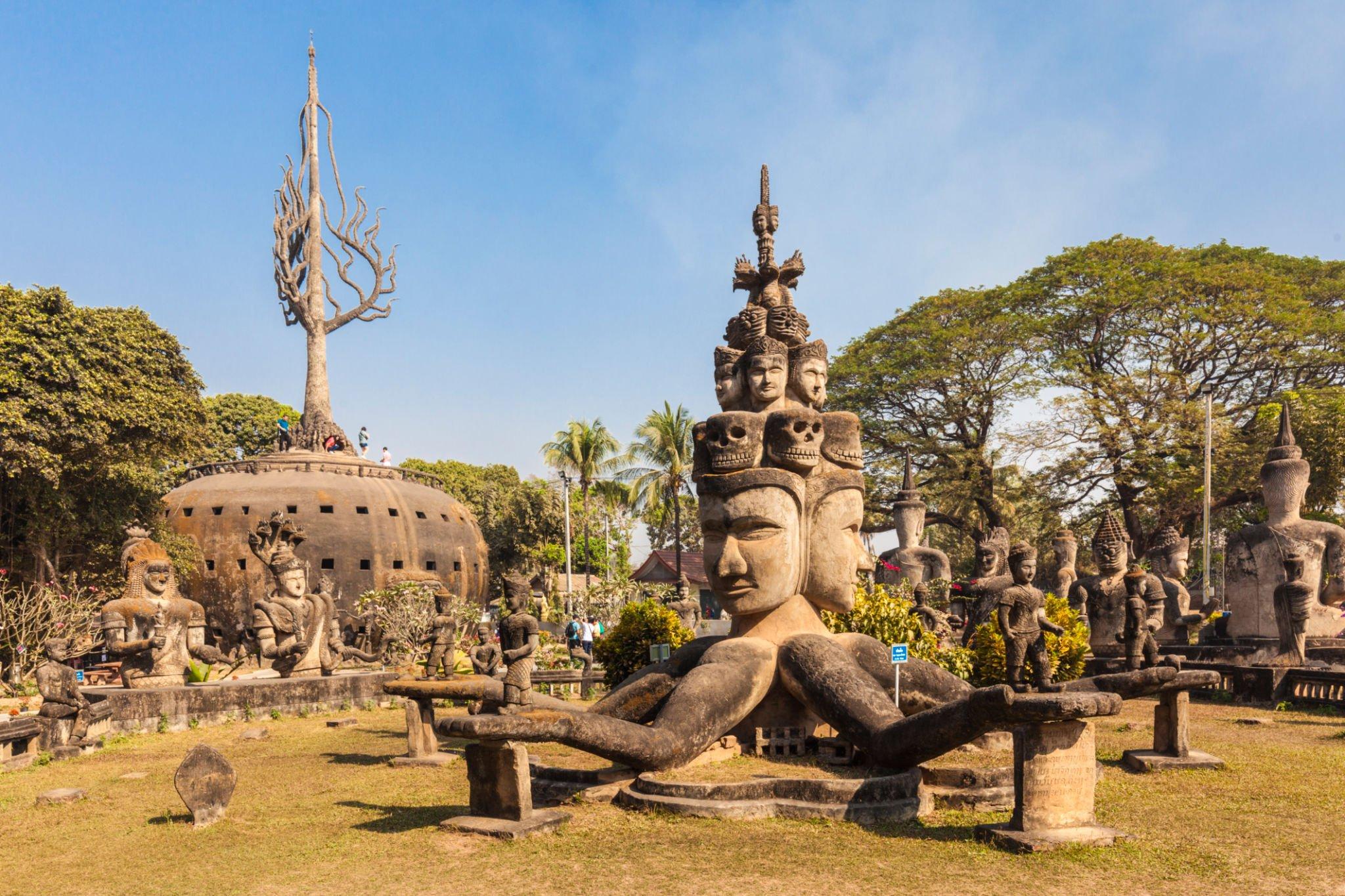 Buddha Park, Vientiane
Buddha Park, Vientiane
Continuing southward in Laos, the topography flattens out when the Mekong and its tributaries enter the country. Among the wooden-stilt homes are the crumbling foundations of colonial-era structures and once-grand temples, reminders that this was once the Kingdom of Champasak.
Once you've entered Cambodia, the border town of Preah Vihear is only a short drive away. After a lengthy disagreement over who owns the adjoining Wat Phou Temple, it has reopened to the public. You may take a historic trade route to Siem Reap, and the Angkor Road connects with this 9th-century Khmer edifice.
Highlights of the journey:
- Nam Theun is a park where visitors arrive by longtail boat (no roads) and spend the night on a sandy riverbank before setting out on foot to explore the surrounding deciduous forest. What I miss about Angkor is at Wat Phou Temple: no crowds. One of the guards who takes care of it, or one of their children (their families live there), will meet you.
- The temple stretches over a rocky plateau with views of Thailand and Cambodia. Dedicated to the Hindu deity Shiva, this remarkably well-preserved structure consists of many separate sanctuaries connected by a series of stairs.
My inside tip
You won't find any five-star service at SpringRiver Resort near Kong Lor Cave, but I like the seclusion very well. Here, you may relax in one of 16 classic stilted bungalows beside the banks of a moss-green river and watch the world go by.
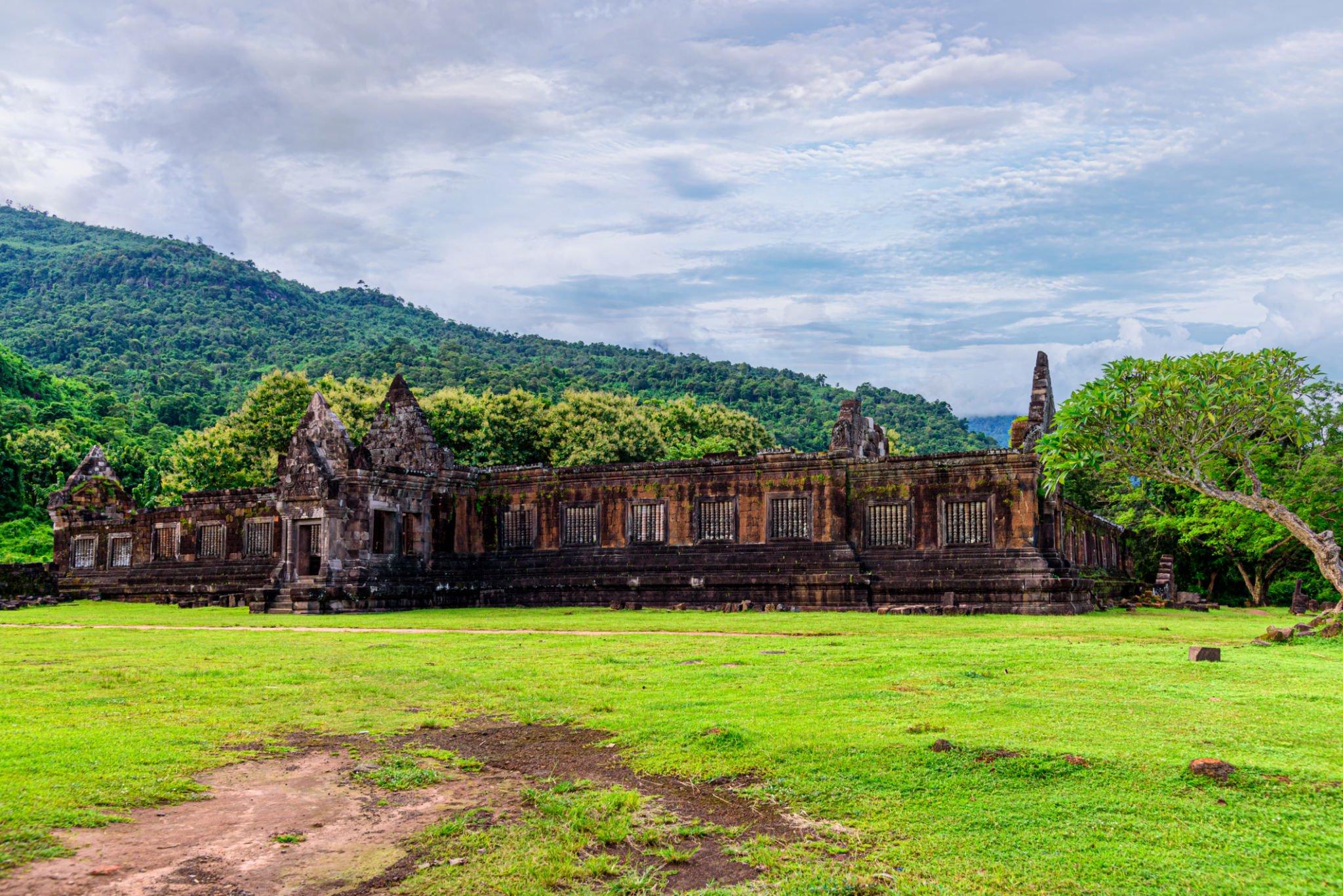 Wat Phou, Champasak, Laos
Wat Phou, Champasak, Laos
North Thailand and Laos
For a journey that balances adventure, comfort, and authentic cultural experiences
The best part of any trip is getting there. While short flights help you get through Southeast Asia more quickly, traveling by land is a great way to do things at your speed and see more of the region.
That is not to say that you must always remain on solid ground. As part of the two-week itinerary I put up for my clients, we frequently spend a day boating the Mekong from the Laos border, stopping to see communities inhabited by ethnic minorities.
From Chiang Mai in northern Thailand, you may drive northeast to Chiang Rai, where the roads grow narrower, the towns become more sparsely populated, and the ATMs disappear as you approach the Laotian border. For stability and ease, it is only natural to carry on to Laos, where you will first travel by boat and then by automobile through stilted dwellings and remote towns before arriving at Luang Prabang.
There are Shan-descended tribes living in the borders between Chiang Rai and Luang Prabang. The Shan are a people group who migrated from northern China. There are a lot of distinct tribes in the area, and although they all share a common past, they also have their unique customs and beliefs.
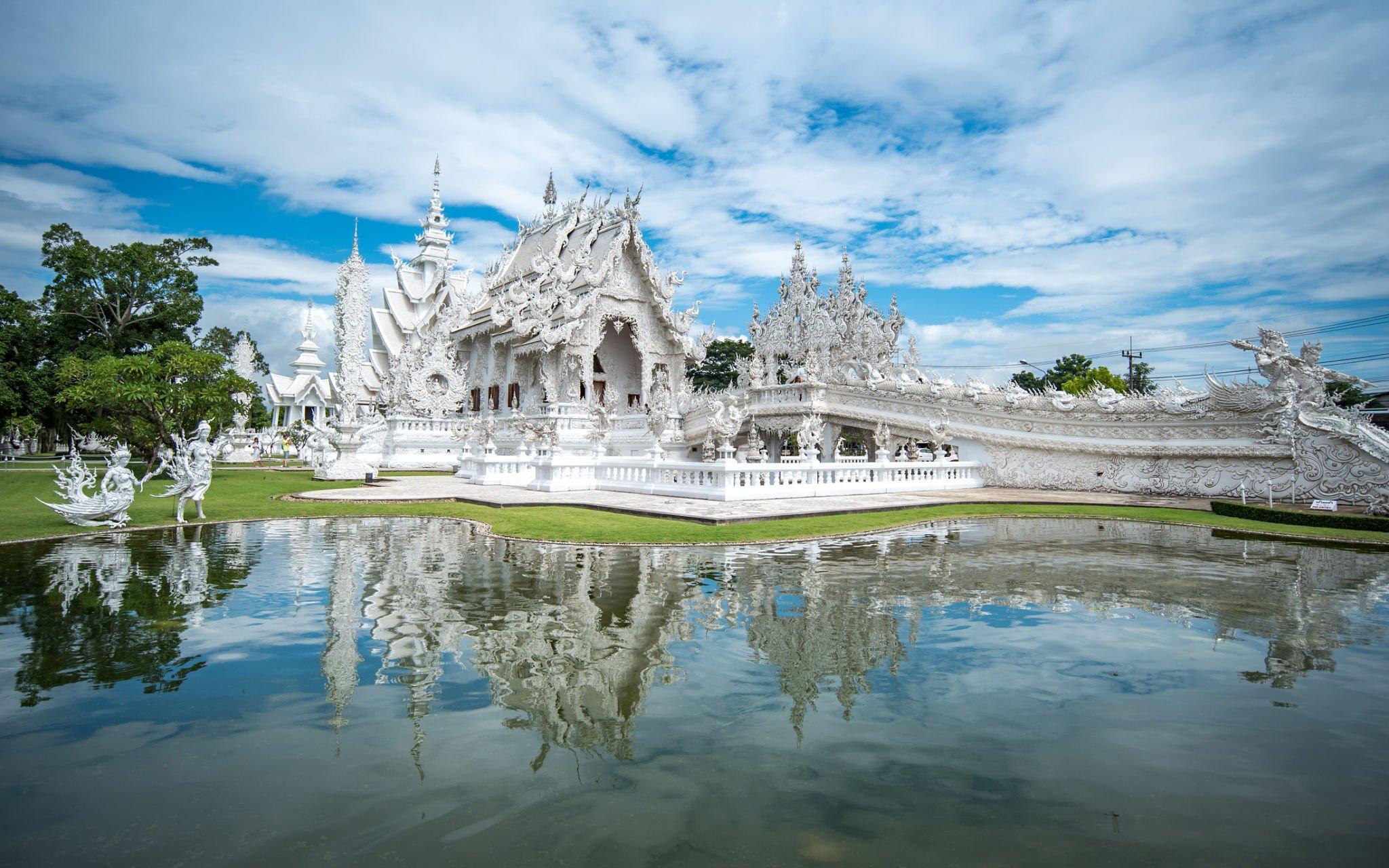 As seen from afar, Chiang Rai, Thailand's White Temple, or Wat Rong Khun.
As seen from afar, Chiang Rai, Thailand's White Temple, or Wat Rong Khun.
Highlights of the journey
- From the teak deck of your boat, you can see jungle-covered hills and massive rocks float past the Mekong. Only a few stilted villages show any signs of progress. Pakbeng is where the boat will dock for the night, and there, you may stay at a lodge on the riverbank with a view of the muddy brown water below.
- From the Tibeto-Burman Lisu in Thailand to the Khmu, the biggest ethnic minority in Laos, there are many other tribes to meet and learn about along the way. Rice whiskey, a strong drink you'll have to get accustomed to (it's impolite to reject a glass), is a staple in their culture. The residents of the Akha people proudly displayed their holy swing (yep, as at a playground) to me. The villagers also utilize the swingset for courtship rituals and a day when everyone may swing to their heart's delight.
My inside tip
After a long day of seeing Laos, come to Muang La Lodge to unwind in style. The riverbank bungalows are a product of local craftsmanship, and most of the staff comprises indigenous people. I recommend the five-course taster meal at the outdoor restaurant after a bath in the natural hot springs.
Start planning your trip to Southeast Asia
Start thinking about your experience. These itineraries are simply suggestions for how you could enjoy some of the same experiences as our specialists. They’re just for inspiration, because your trip will be created around your particular tastes.




